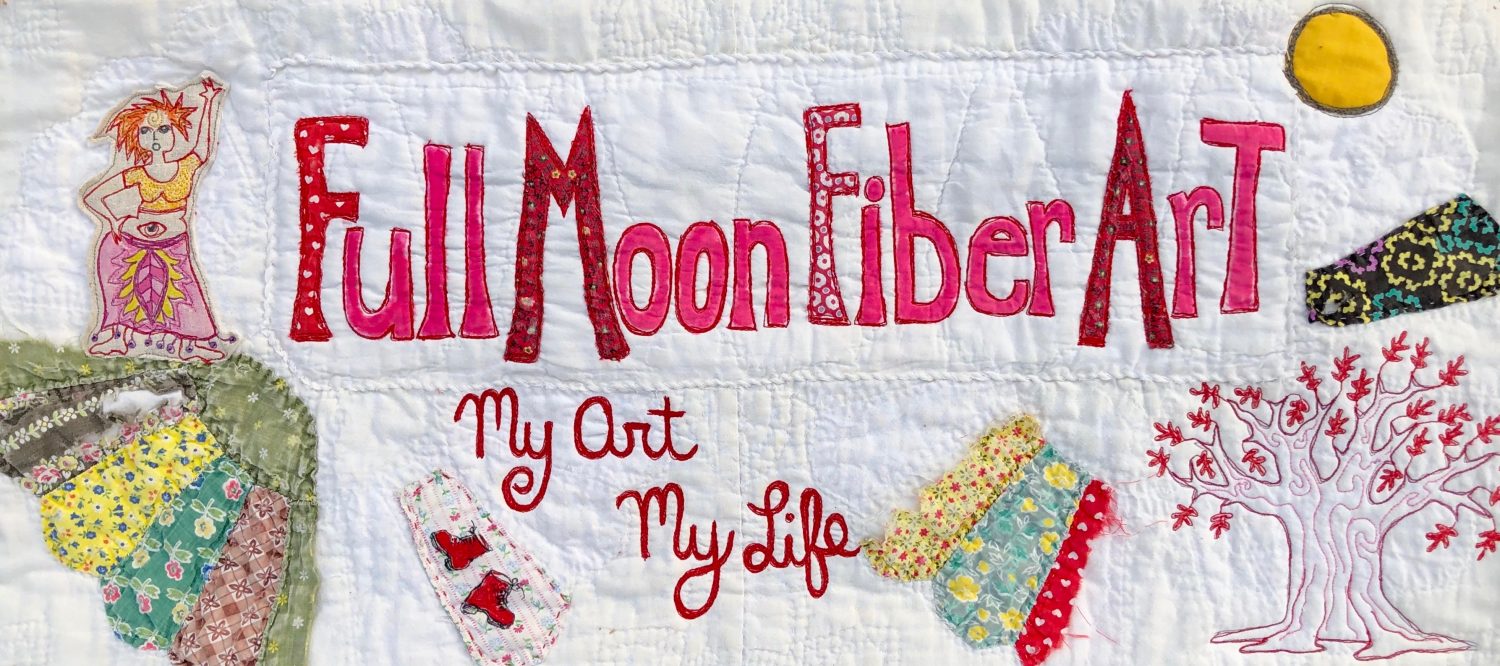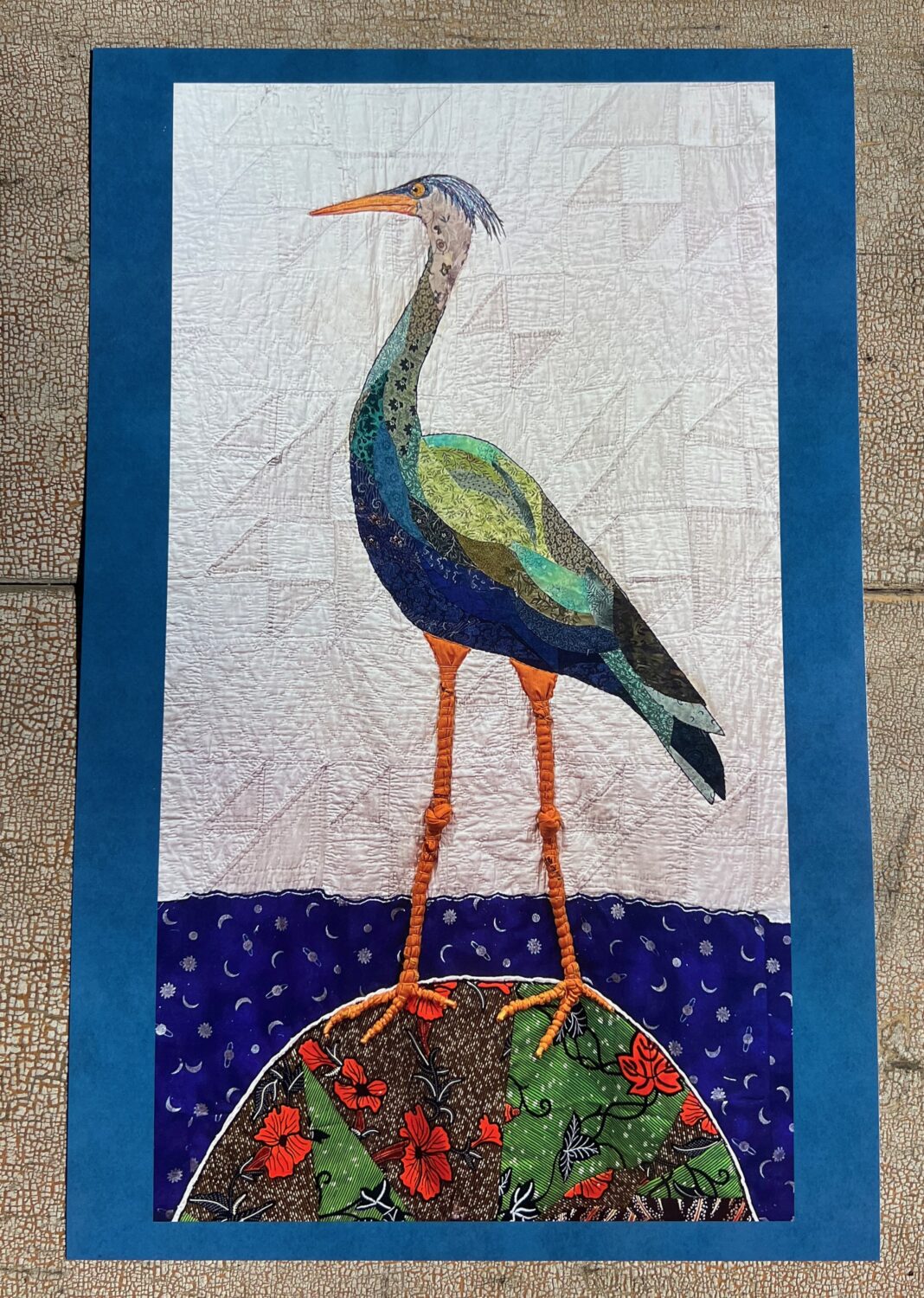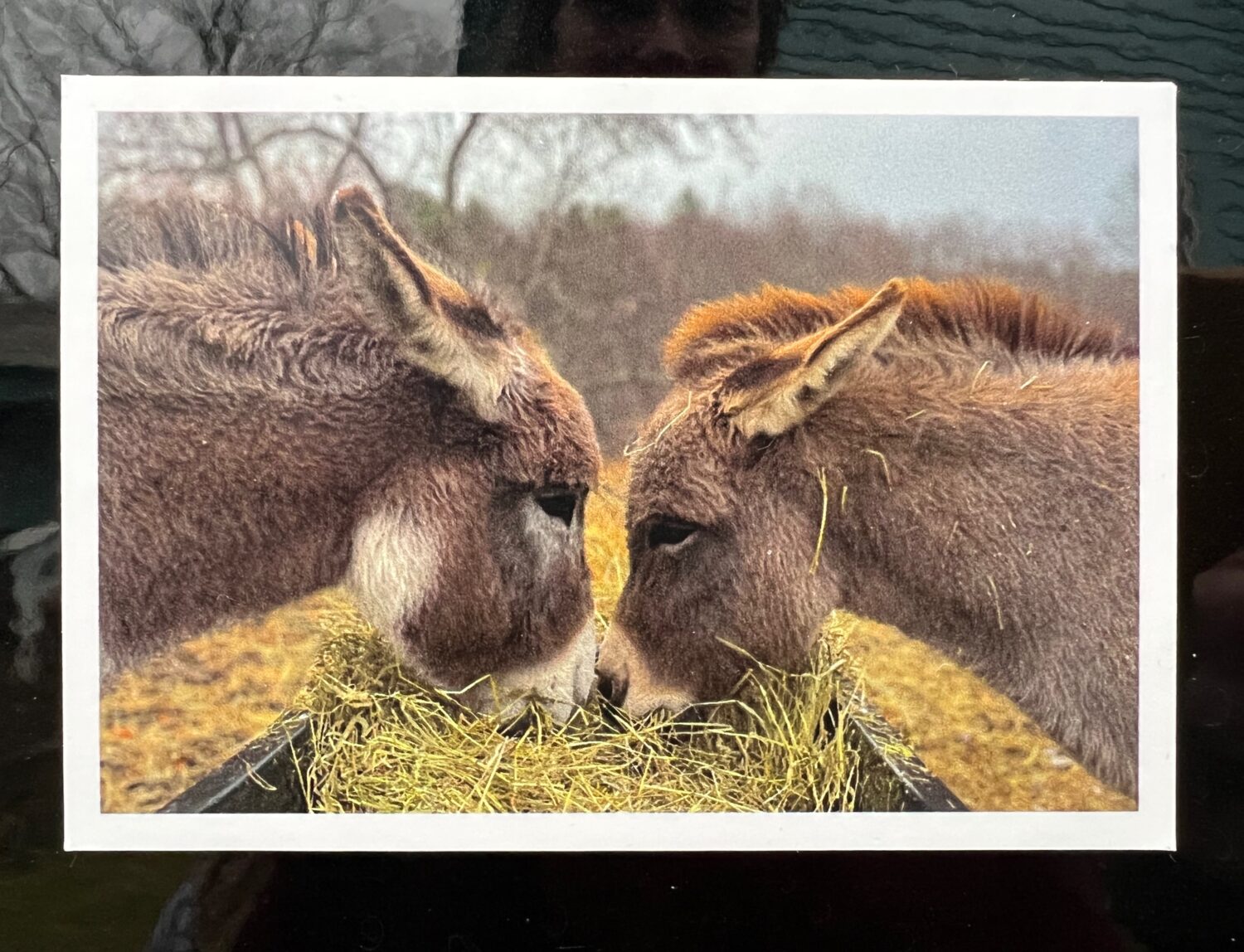
I ran my fingers along Zelda’s raw wool that hung over the stands of black buttons and under the spools of thread nailed to the post next to my studio door. I didn’t think about it, it was just an instinct.
That’s when I thought it was like a mezuzah.
I only knew about mezuzah’s, those small metal pieces nailed next to the door, that look like a doorbell without a button to push, and contain a sacred text, from what my Jewish friends told me. “Touch it before going into the house”, Lisa said, “it’s good luck”.
But I figured it couldn’t be that simple, that secular.
So I googled mezuzah and found that originally they were used to identify a Jewish household so exiled Jews could find each other. The mezuzah (which literally means doorpost) is hung to the right of the door as a symbol to anyone who comes into the house that it is a Jewish home where certain religious commitments and rituals are practiced.
According to ReformJudiasm.org “The mezuzah reminds us that our homes are holy places and that we should act accordingly—when we enter them and when we leave them to go out into the world. “
Reading this I thought how in a way, I did create my own kind of mezuzah.
Not in a religious sense, but in a spiritual one. And, I think, anyone entering my studio and seeing my buttons, wool, and thread, could easily see it as a symbol of what is going on inside my studio.
It was a few years ago that I strung the black buttons together after hearing that a friend died. It was all I could think to do. Soothing and symbolic the repetitive act of creating something of all those small parts felt productive at a time of helplessness.
They hung in my studio until I had a dream of a jester-like head on a stick and used the buttons as “hair” for the fabric head I created from the image in my dream. I stuffed the head with Zelda’s raw wool and sewed the small spools of thread between the buttons.
The “jester’s head” on a stick leaned against the wall in the living room until one day a few weeks ago, I dismantled it leaving only the buttons, wool, and thread. Soon after that, for no particular reason, I got the idea to hang it from a nail on the right side of my studio door.
There is life, death, and work in those buttons, wool, and thread.
And my studio is certainly a holy space to me. A sacred space, a “room of one’s own” that I preserve for my work. And when I enter it, it’s with a focus and intention of going inside myself to birth a creation of beauty and meaning.
Jon often writes about how God, in the mystical writing in the Kabbalah, has given humans the “creative spark” and that he warns people who squander it they will feel his wrath.
So my mezuzah is obviously not a mezuzah in the traditional way. But I do like the idea of my mezuzah reminding me, each time I pass the doorpost into my studio, that creativity is serious and sacred work.















I love this. And how things spring forth symbolically in repetition (and remembrance?) in their own organic way.
Thank You, Eileen, that’s very generous of you. Knitting can be healing in the doing of it and then there is something functional that comes from it. It’s a beautiful story of the volunteer knitting those beginning of life pieces of clothing when she faced so much death and suffering in her life.
Call me weird, but I see two faces in your Mezuzah. One is at the top right, to me a female, with a long upturned nose and mouth underneath, looking down to her right. The other is, to me, male, his bulbous nose is at the bottom of her chin and he is looking up at her. He has a large lower lip and a beard and side whiskers.
I know, weird indeed…
I think I see the woman Cathy, but not the man. I’ll look again. I’m always seeing faces in things, but you got me on this one!
I love the idea of the home being a holy or sacred place and that we need to act accordingly within it. I’ve always thought of home as a refuge – a place of safety and peace. I feel fortunate to have that in my life as I realize many people don’t.
That is a beautiful and very special thing Barbara. it’s wonderful that you appreicate it so.